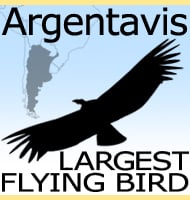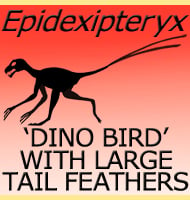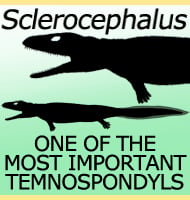In Depth
In overall form and proportions Hesperocyon wasn’t much like a dog as we know them today, but it has still been confirmed to be one of the first canids to appear on the landscape. The key identifying feature is the ear structure within the skull which is enclosed by bone rather than cartiladge. Hesperocyon also has a total of forty-two teeth, two less than the forty-four standard that are seen more primitive mammalian forms. Tooth reduction is an on-going character trait within the Carnivora with continuing advancements and specialisations resulting in much lower tooth counts like those seen in carnivoran mammals today. Hesperocyon also has the characteristic carnassial teeth (specialised meat shearing teeth) that are common features in the mouths of the members of the Carnivora. Like with most modern dogs, Hesperocyon was probably primarily a carnivore, but may have also included occasionally plants, especially seasonal fruits and vegetables that had fallen to the ground into its diet.
Like with most predators of the Eocene era, Hesperocyon had legs that were proportionately shorter than those of later mammalian predators. This is a reflection of Eocene era ecosystems that had a denser coverage of forest than later periods, and were conducive for the implementation of ambush rather than pursuit hunting tactics due to the reduced open spaces. Here shorter legs would impart a limit upon top running speed, but a much faster degree of acceleration. Also consider that most of the available prey animals of the time also had proportionately short legs, and it’s easy to appreciate that Hesperocyon had all that it needed to be an effective hunter during the Eocene of North America.
However the ecosystems of this time were slowly changing to a cooler, drier and most importantly more open landscape. This was a very slow process that started in the Eocene that would continue all the way towards the Pleistocene, but it also forced a shift into newer longer legged (and hence ultimately faster) animals appearing across the world. With prey that was capable of outrunning Hesperocyon, and newer better adapted predators outcompeting it, Hesperocyon were already living upon borrowed time by the start of the Oligocene.
Further Reading
– Multiple hereditary osteochondroma in Oligocene Hesperocyon (Carnivora: Canidae). – Journal of Vertebrate Paleontology volume 12, issue 3 – Xiaoming Wang & Bruce M. Rothschild – 1991. – Phylogenetic systematics of the Hesperocyoninae (Carnivora, Canidae). – Bulletin of the American Museum of Natural History 221:1-207. – X. Wang – 1994.









